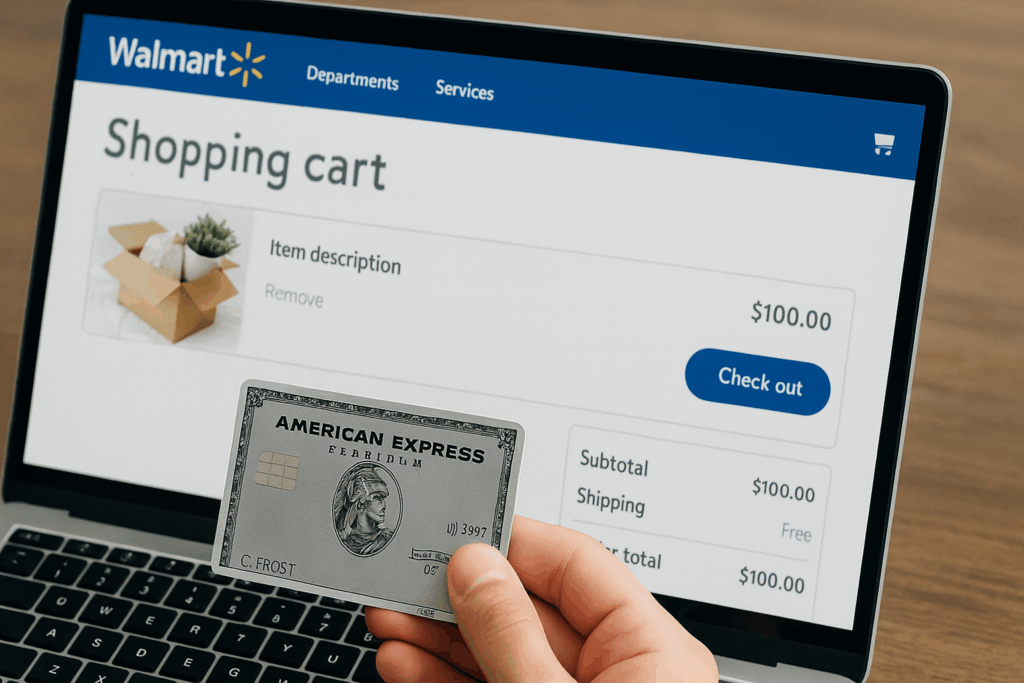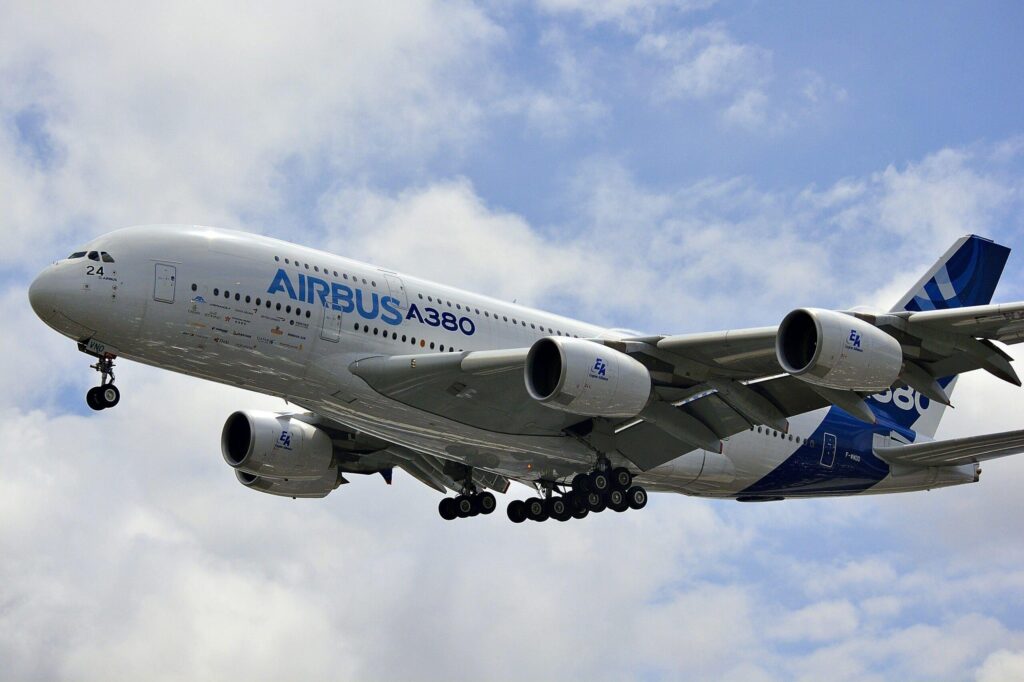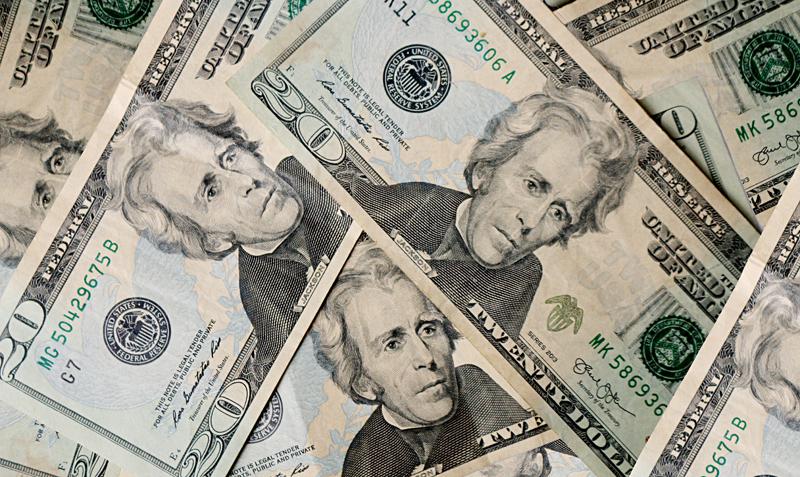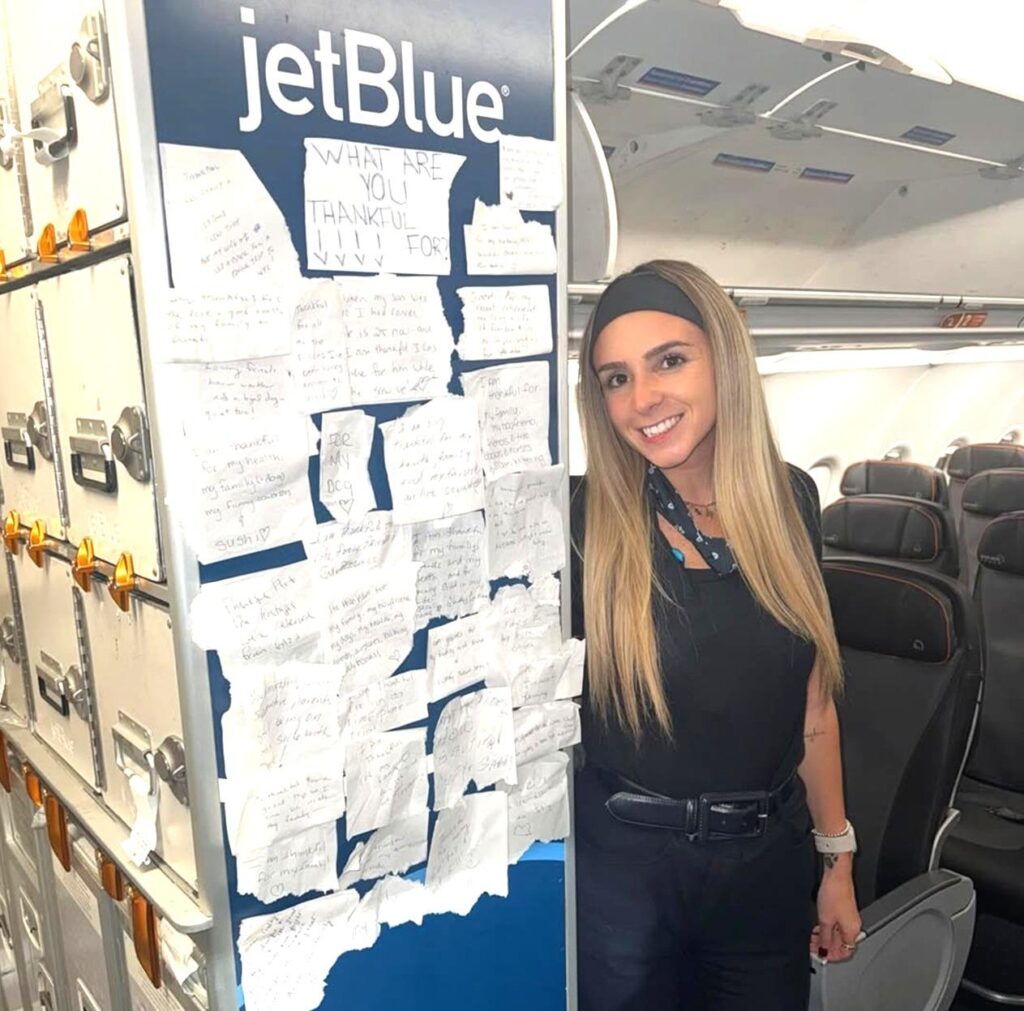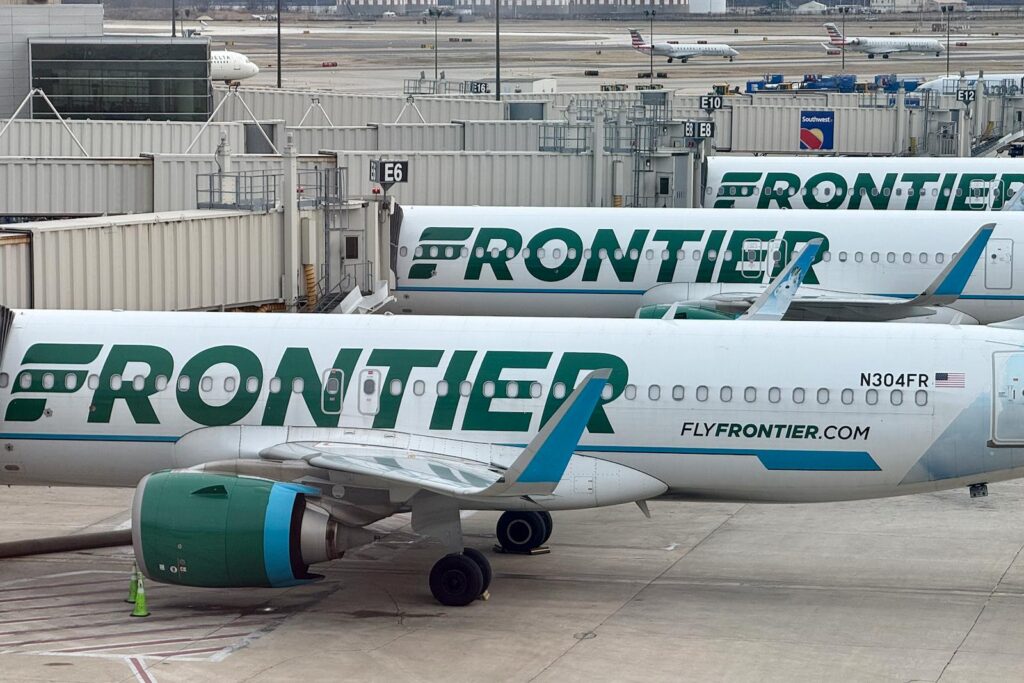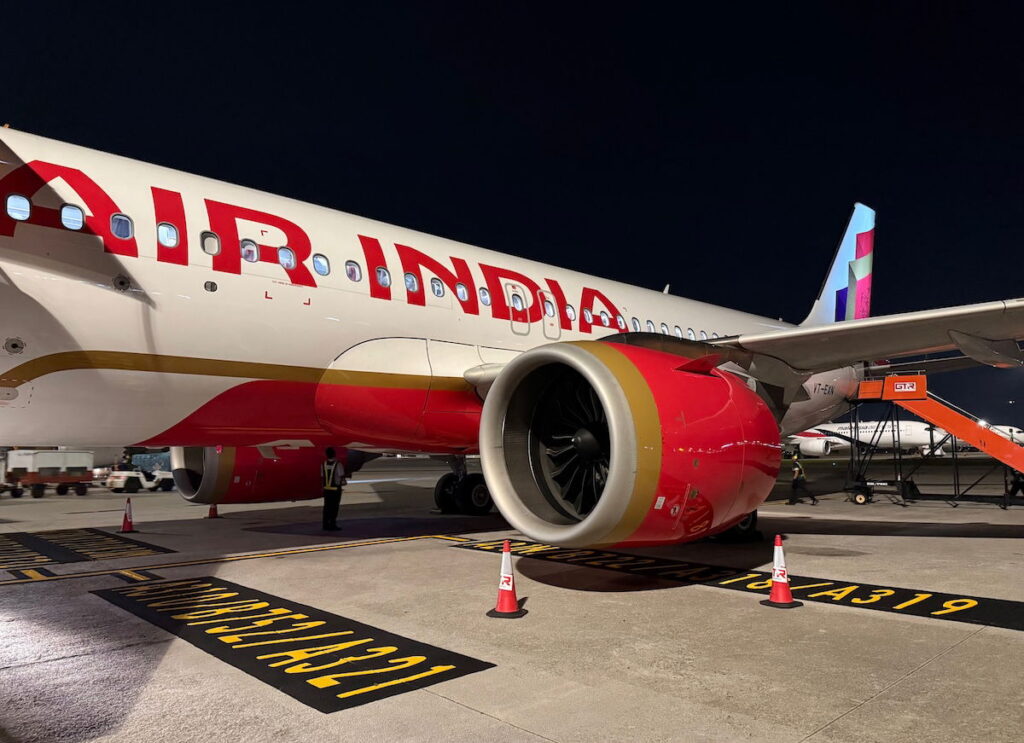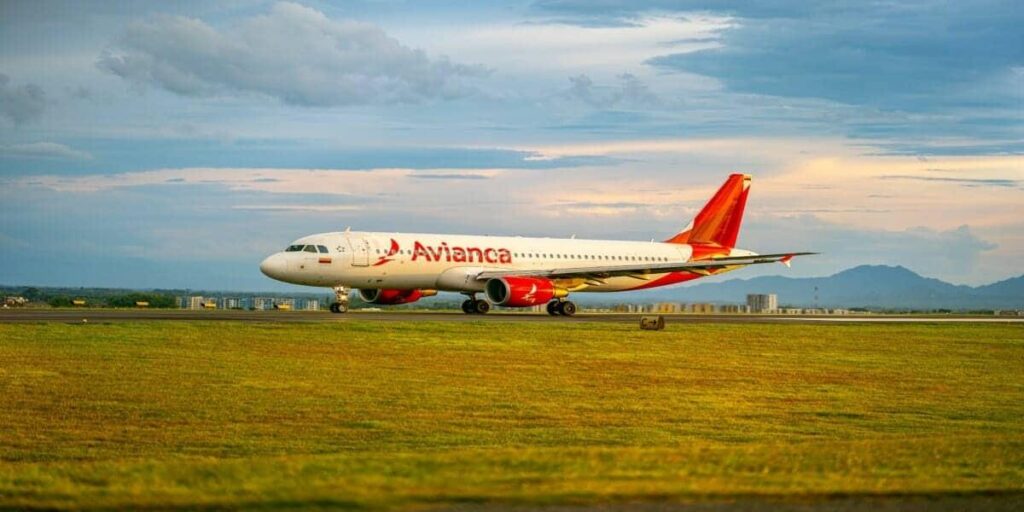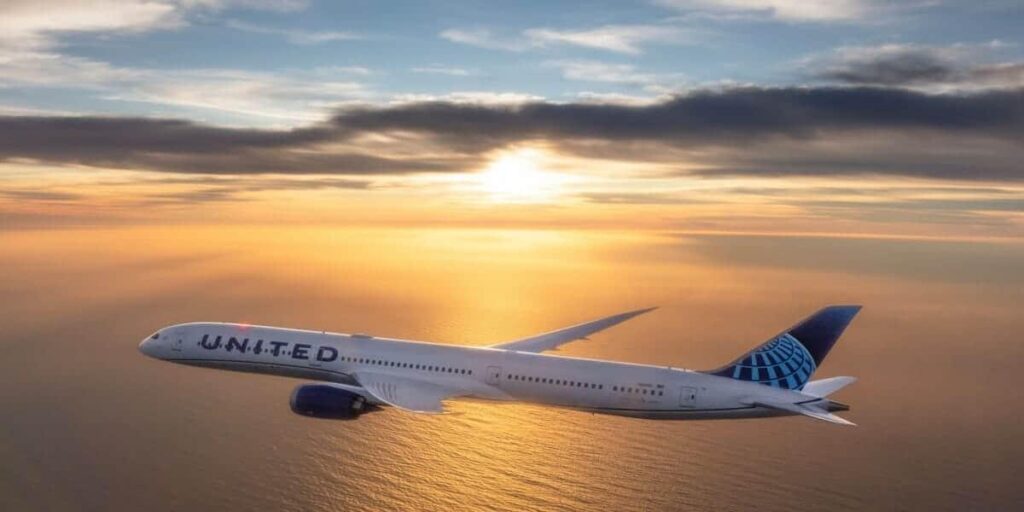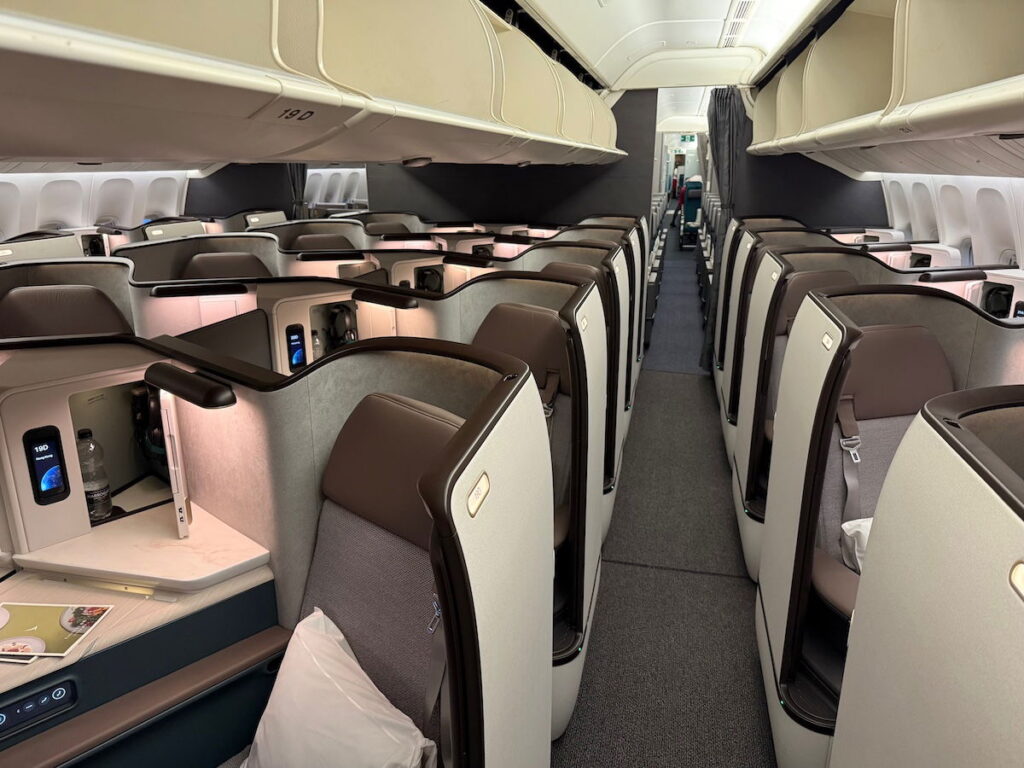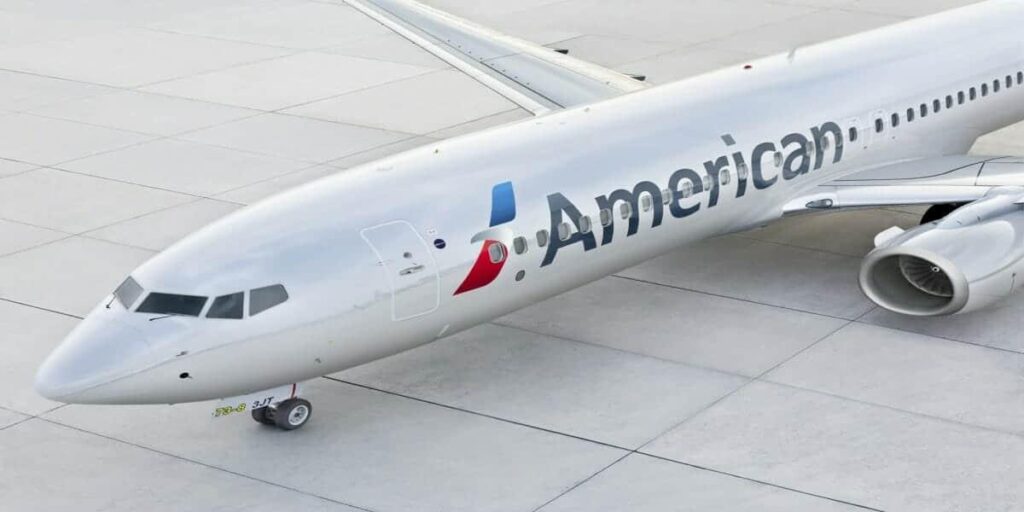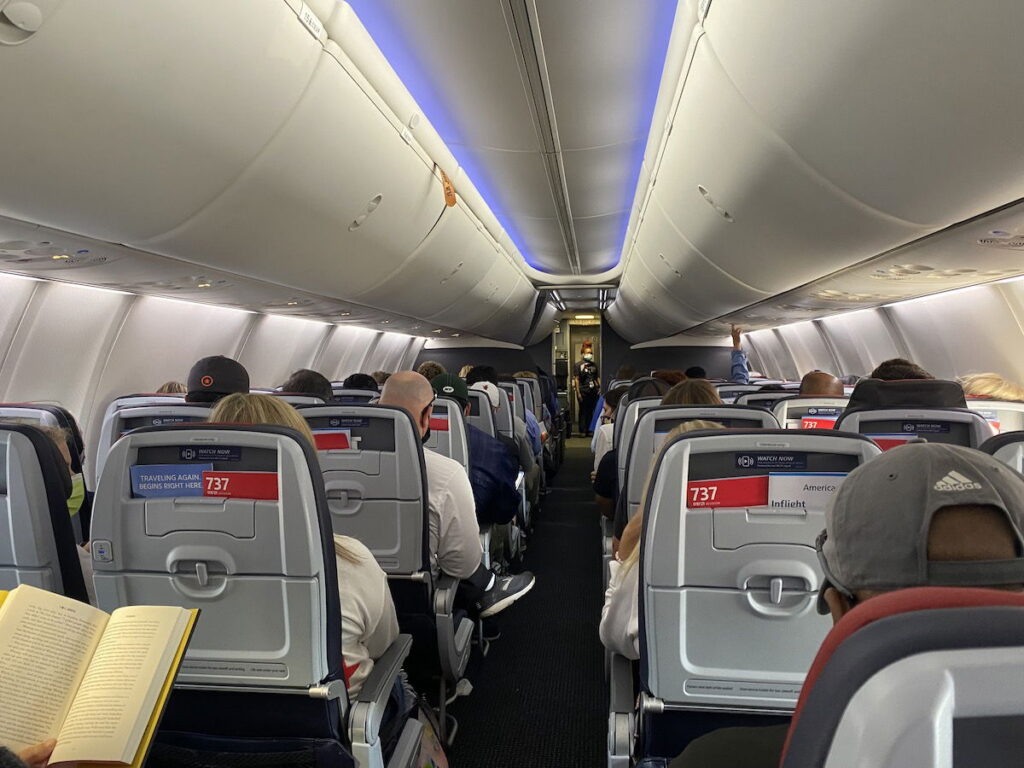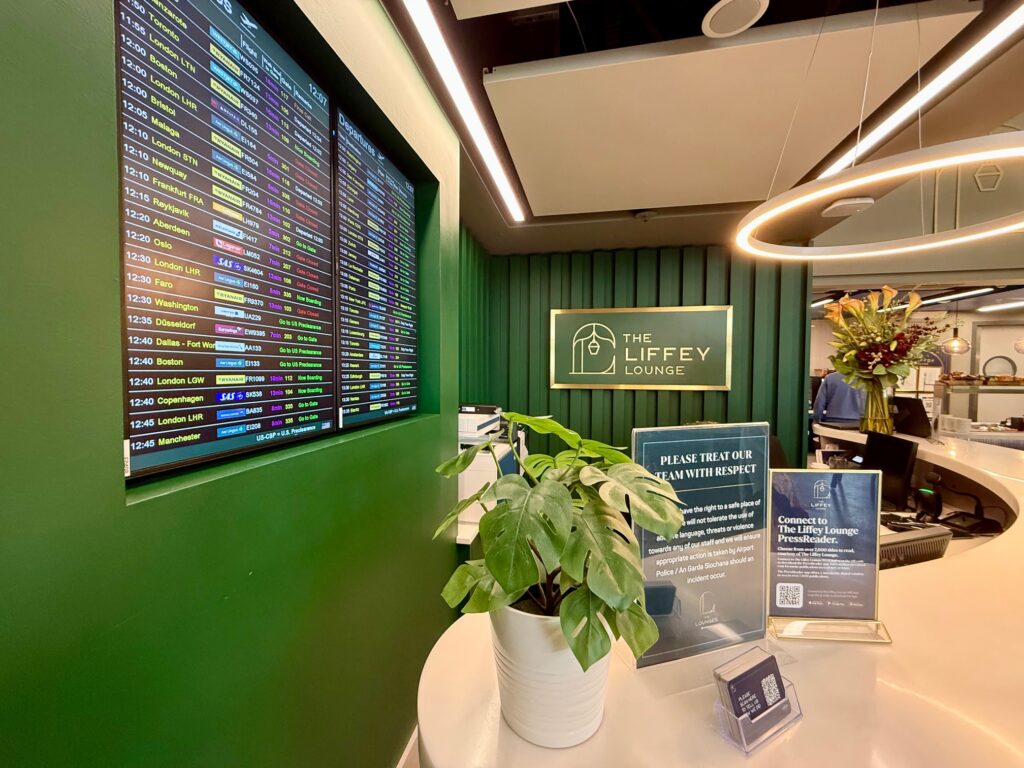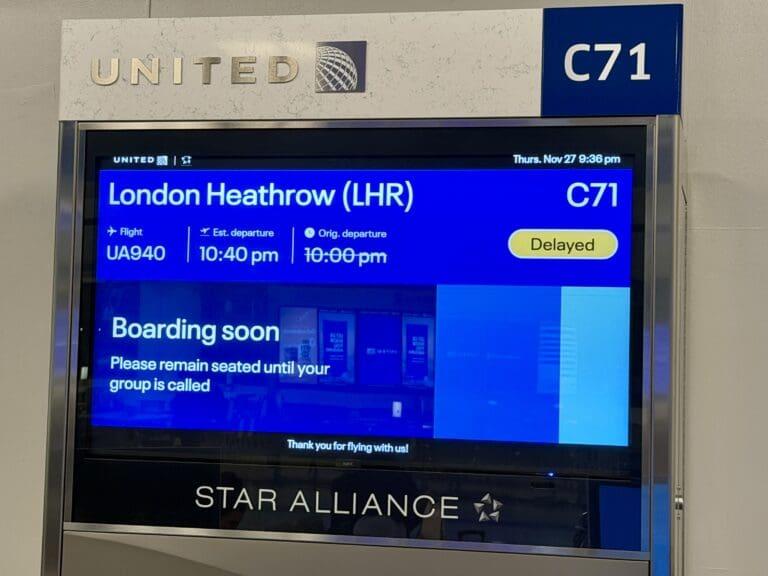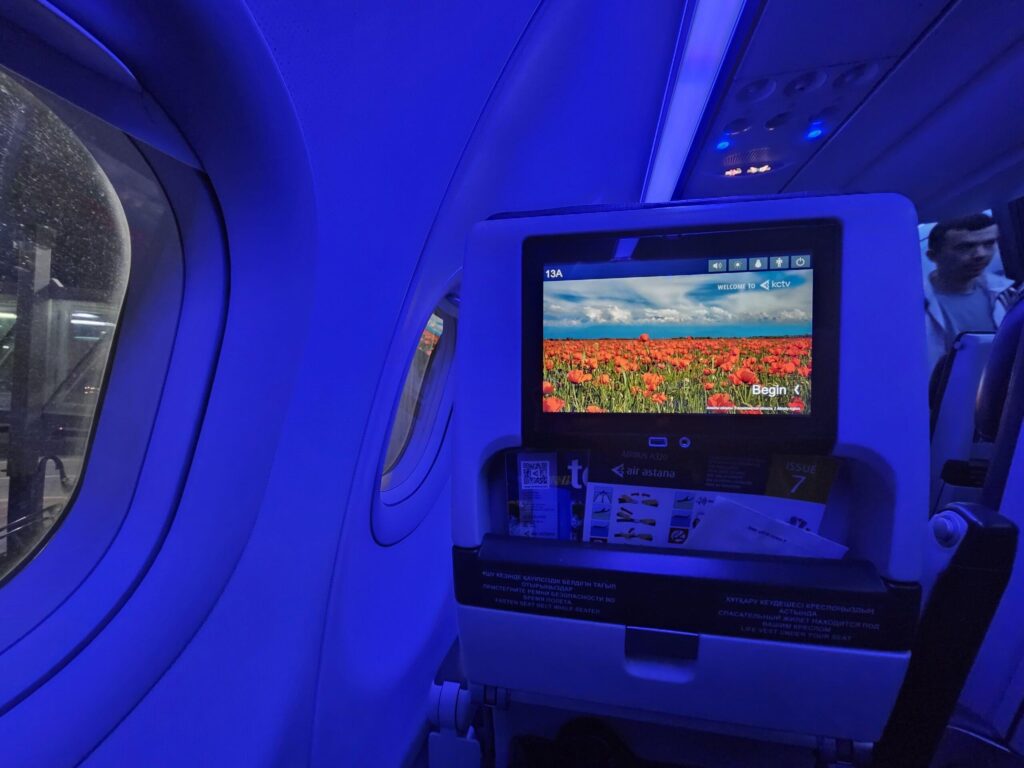Your End-of-Summer 2025 Refresher: Amex Airline-Fee Credits That Still Work
As summer 2025 draws to a close, I’ve been reflecting on how these months are the ideal time to revisit a crucial travel perk: American Express‘s annual airline-fee credit. Over the years, I’ve seen how premium Amex cards—like The Platinum Card and the Hilton Aspire—can provide up to $200–$250 in reimbursements for incidental airline charges. Yet, many cardholders struggle to make the most of this benefit. From my perspective, cracking the code on these credits is one of the fastest ways to justify high annual fees and maximize your travel budget.
Understanding the Basics

I’ve observed that the key to unlocking Amex’s airline-fee credit lies in mastering the rules. You must enroll and choose a single airline each calendar year. Only a certain set of “incidental” charges—such as checked bag fees or seat-selection costs—are reimbursed. Full airfare tickets, upgrades, and gift cards typically won’t trigger the credit. This is because Amex relies on automated coding to flag eligible purchases, so if you buy something that doesn’t match the right merchant code, you might be left empty-handed.
Industry reports hint that nearly 35% of cardholders don’t choose or switch their designated airline on time. If you haven’t picked an airline for the year, you could miss out on valuable reimbursements every time you fly. I always suggest calling Amex customer service to confirm your airline choice if you’re unsure, especially since busy travelers can easily forget these crucial steps.
On top of that, timing really matters. Although it feels like a “set it and forget it” perk, being proactive early in the year gives you the maximum window to utilize your credits. I also recommend frequently checking your charges online to ensure the reimbursements have posted, so you can troubleshoot any issues quickly.
Key Eligible Fees in 2025

For this year, I’ve noticed seat assignment fees, checked bag charges, in-flight snacks or beverages, and certain pet-travel fees remain among the most reliably reimbursable. According to industry data, over 60% of successful credit redemptions have come from these exact categories. It’s worth double-checking your airline’s specific coding to make sure those extra-legroom seats or premium meal upgrades follow the correct fee classification.
While there used to be some success stories around turning gift card purchases into reimbursable expenses, that loophole has nearly vanished. Amex’s automatic coding system has grown more stringent. In my experience, if something seems too good to be true—like a gift card working for the credit—it usually is. You’re safer sticking to legitimate incidental fees if you want to avoid confusion and ensure your charges get credited back.
I’ve also seen travelers debate whether cancellation or change fees count. While they often do, these policies can bounce around unexpectedly. Always read the fine print and stay up to date with any changes in your chosen airline’s fee structure. Doing a quick review before you book or modify your flights can save you from potential disappointment.
Selecting Your Airline Early

Each year, Amex requires you to designate your chosen airline, commonly by January 31. If you’re late, sometimes a short call to customer service can open the door to a last-minute switch, but I’ve found their flexibility can vary. In general, finalizing your pick as soon as you can in January ensures that every flight fee you incur later is ready for reimbursement.
Waiting until you’ve already paid for multiple flights becomes a game of catch-up. You might need to argue each charge with Amex if you hadn’t designated the airline yet, which complicates the entire process. From where I stand, it’s less of a headache to plan out your travel year in January, pick the airline you fly most often, and start racking up those credits right away.
Another tip: If your travel patterns shift midway through the year, it might still be worth asking Amex for a one-time switch. I’ve personally spoken with representatives who were open to reconsider changing my airline choice when circumstances forced me to fly a different carrier for a significant trip. Flexibility is never guaranteed, but it’s worth the phone call.
Common Pitfalls and Workarounds

Amex’s reimbursement process doesn’t always go seamlessly. I’ve encountered situations where the airline coded a fee incorrectly—for instance, bundling a seat-selection fee with a partial airfare charge—and Amex’s system didn’t catch it. If your statement credit doesn’t post within a few days, don’t hesitate to call customer service and explain the situation. Normally, they can look deeper into the transaction codes and fix the issue.
One common trick I’ve seen used is splitting larger fees into smaller purchases. Suppose you plan to check multiple bags during your trip. If you split them into separate transactions—or pay baggage fees per leg of your flight—each charge might have a better chance of coding correctly for reimbursement. However, keep in mind that this strategy isn’t foolproof. Amex could close loopholes or reevaluate certain fees without warning, so proceed carefully.
I also believe it’s worth having a simple tracker—like a spreadsheet or note on your phone—to log each incidental fee. That way, you have an instant record of what should be covered. If a lineup of fees doesn’t appear on your statement credit, you’ll know exactly which charges to flag in a follow-up call to Amex.
Is the Credit Still Worth It?

When I think about all the times I’ve used these credits, the short answer has always been “yes.” If you’re frequently paying baggage fees, seat upgrades, or change fees, you can recoup a big chunk of your credit card’s annual cost. Amex, unlike some other issuers, hasn’t significantly relaxed these restrictions in recent years, but they remain valuable for those who consistently face airline incidentals.
A recent study suggests that travel credits, including those from major credit card issuers, help offset anywhere from 20% to 40% of the total annual fee for frequent flyers. In my experience, a $200 credit can feel like a lifesaver when you’re staring down multiple checked bags on a family trip or that last-minute seat assignment you really want for extra comfort.
What I appreciate most is how these credits align with real-world traveler behavior. Amex ensures you can only use them on genuine incidental purchases, which means they’re doing their part to keep the benefit exclusive to travel enthusiasts. If you manage to leverage these fees regularly, the value is undeniable.
Final Thoughts
As far as I’m concerned, there’s no better time than the end of summer 2025 to reevaluate your strategy for maximizing the Amex airline-fee credit. By selecting your airline early, verifying each transaction is coded correctly, and being prepared to call Amex if a fee goes uncredited, you can capture the full value of this benefit. Consider it a hidden gem that—once properly understood—can make your premium travel card practically pay for itself.
I also recommend staying in the loop with industry trends, as airlines can tweak their fees and coding practices without much notice. Keeping an eye on reputable sources, such as independent travel reports and forums, ensures that if the rules move, you’ll be the first to adapt. Ultimately, this credit is all about creativity and vigilance. The more attuned you are to how your airline codes fees, the more magic you can unlock from your card benefits.
Sky Skylar’s Take
From my perspective, this credit unlocks a clearer path to hassle-free travel. It’s easy to assume these perks won’t apply to your flying style, but focusing on those small charges can add up to real savings. In a year that’s shaping up to be as busy as 2025, it’s nice to have a perk that directly tackles the pesky airline fees most of us can’t avoid.
I often say to fellow travelers: watch the details, watch the codes, and watch your wallet. If you do, Amex’s airline-fee credit can be one of the most rewarding line items on your statement. BoardingArea.

